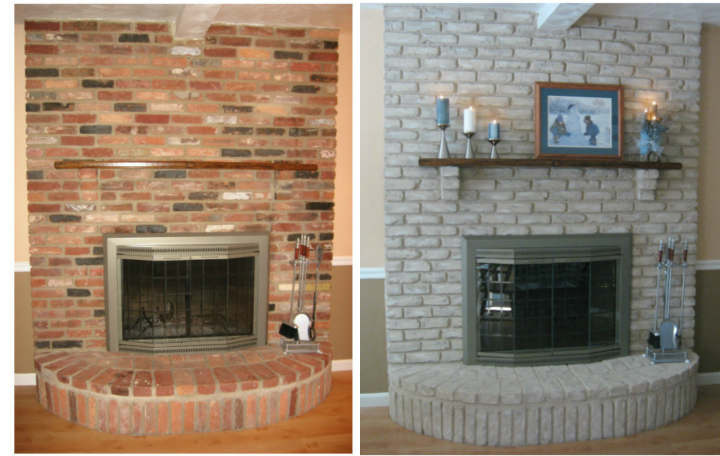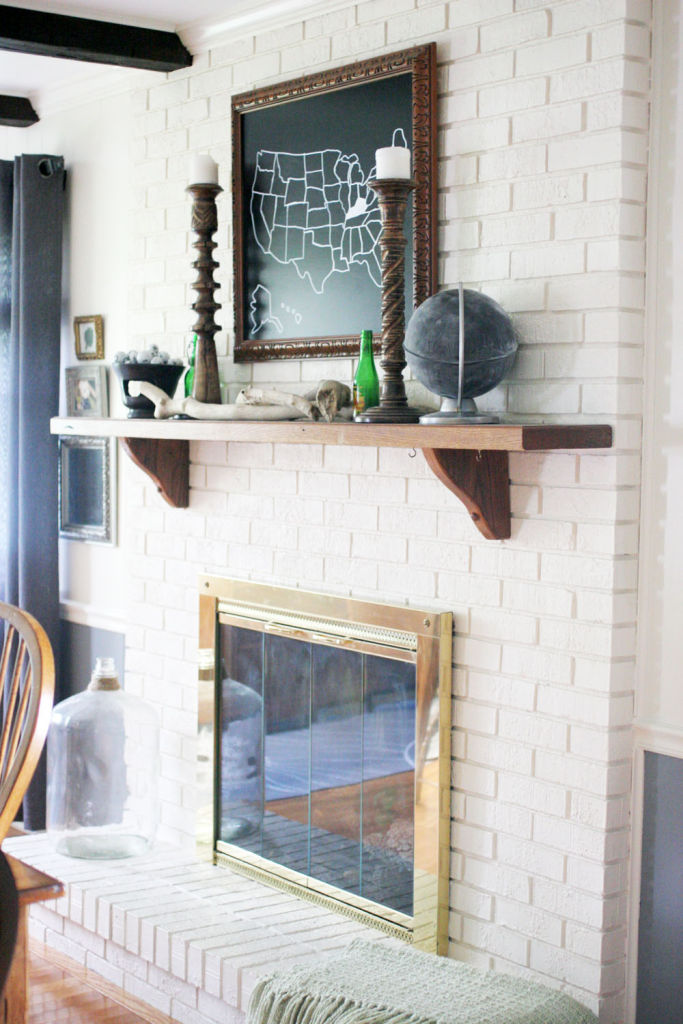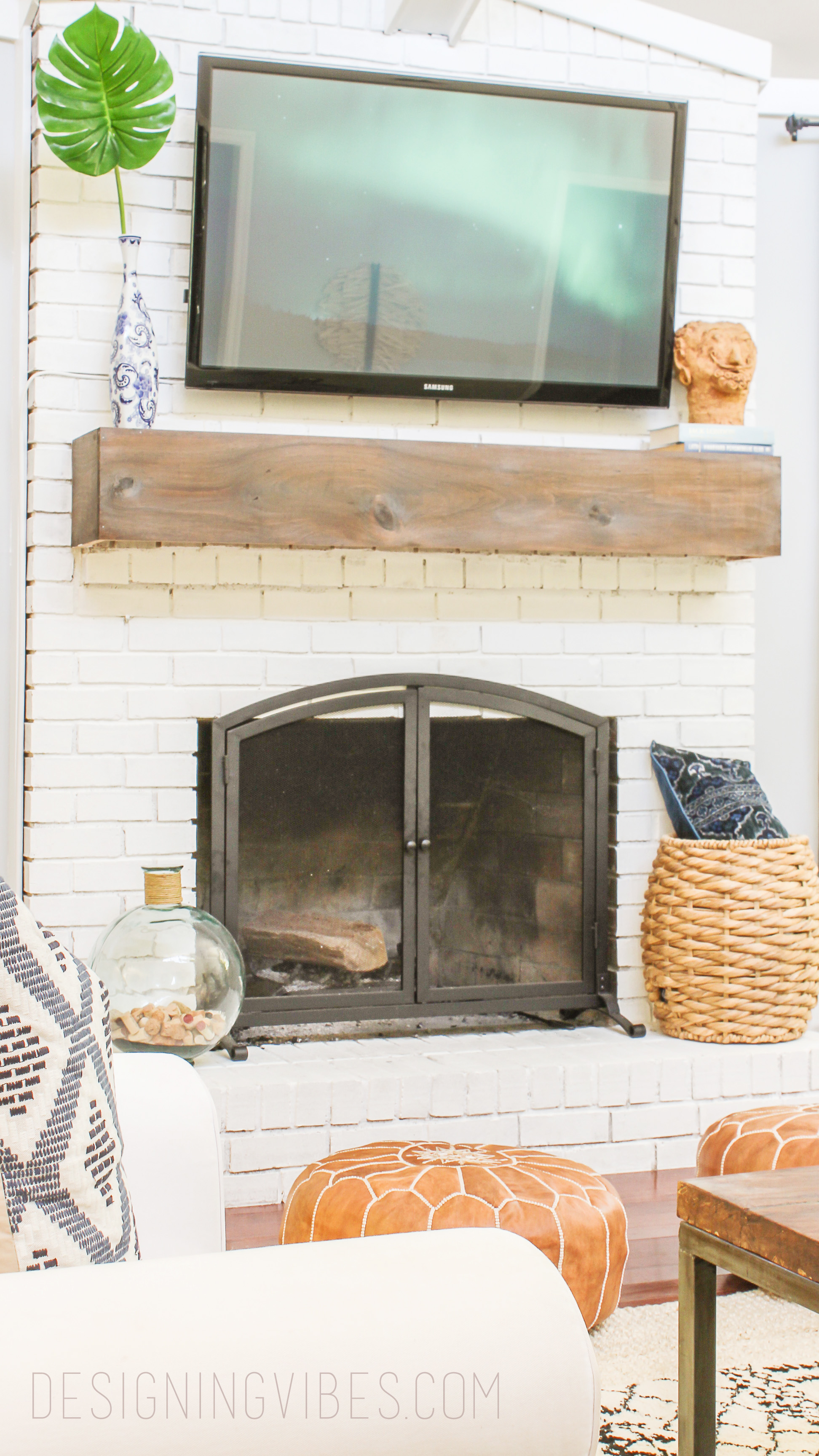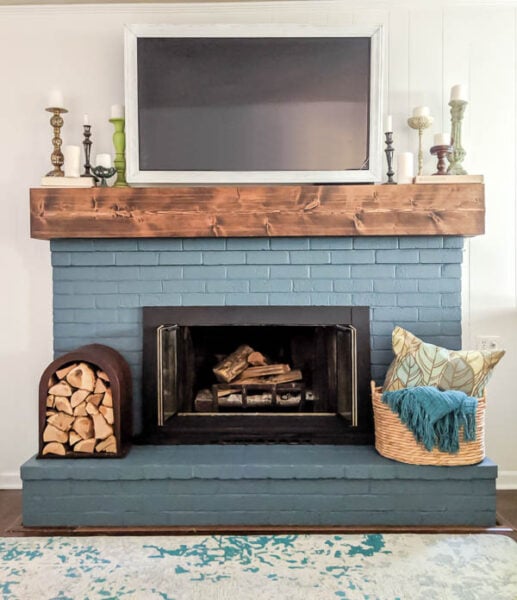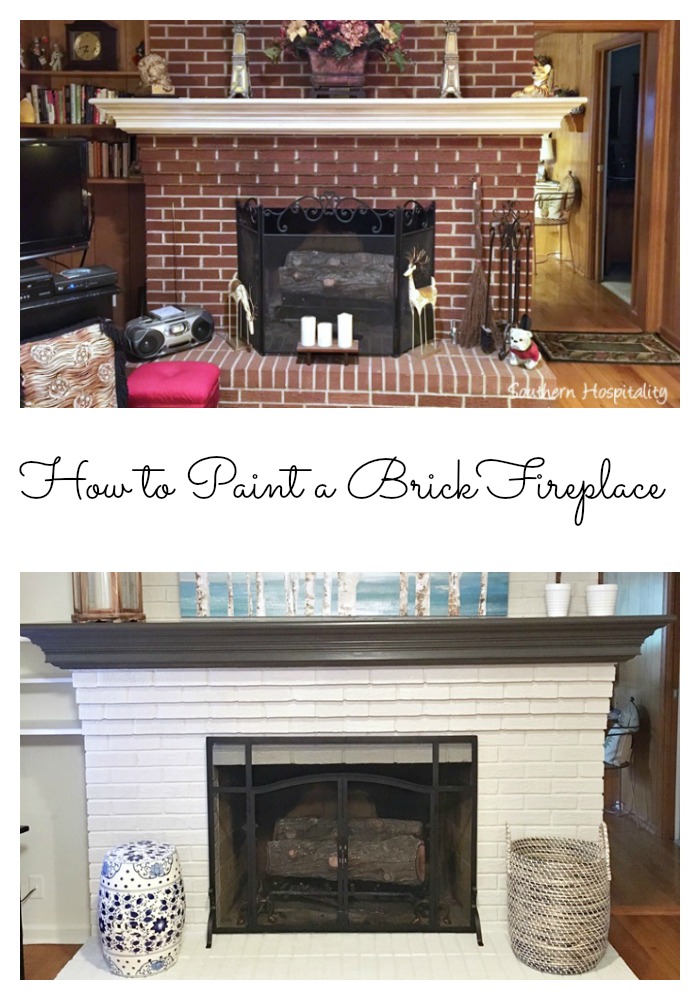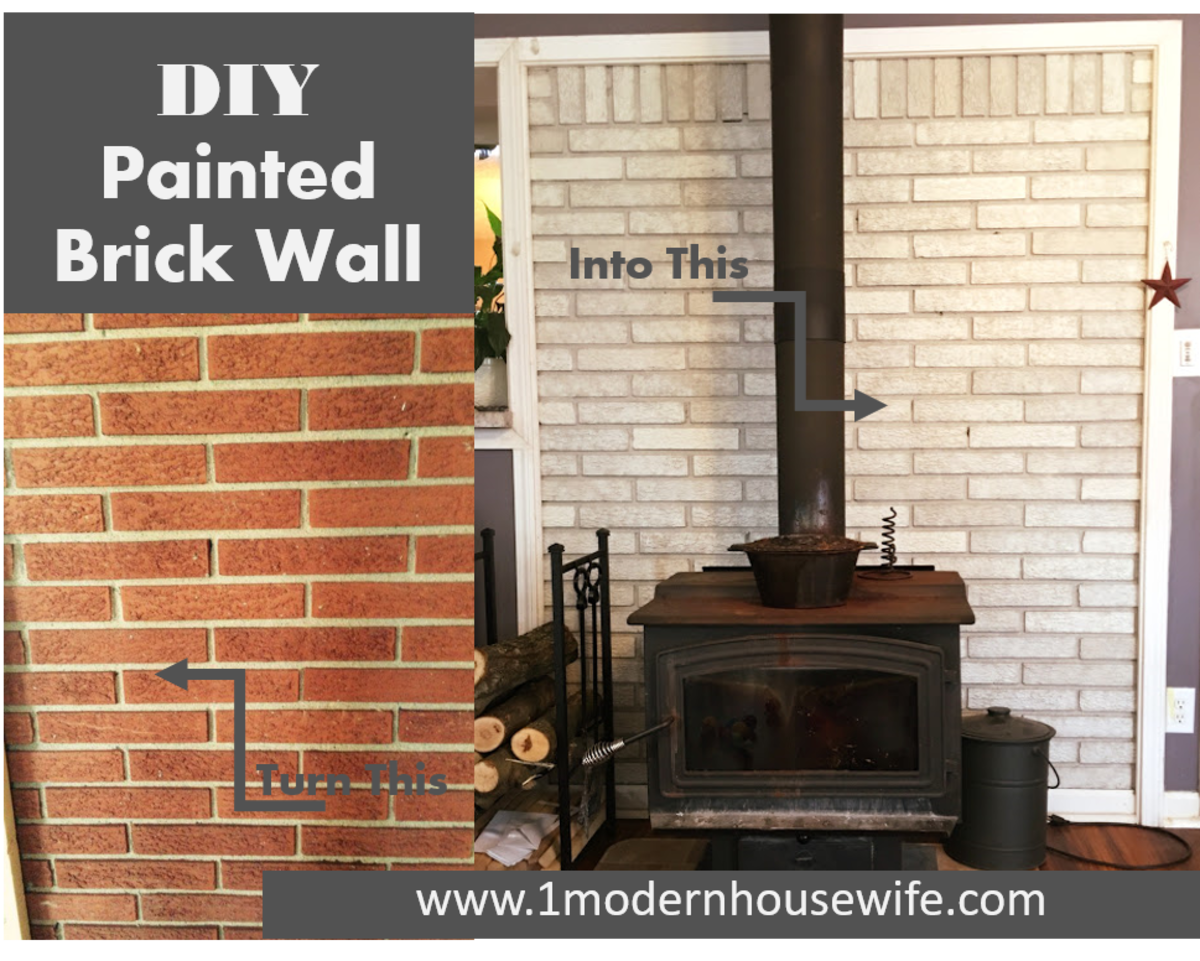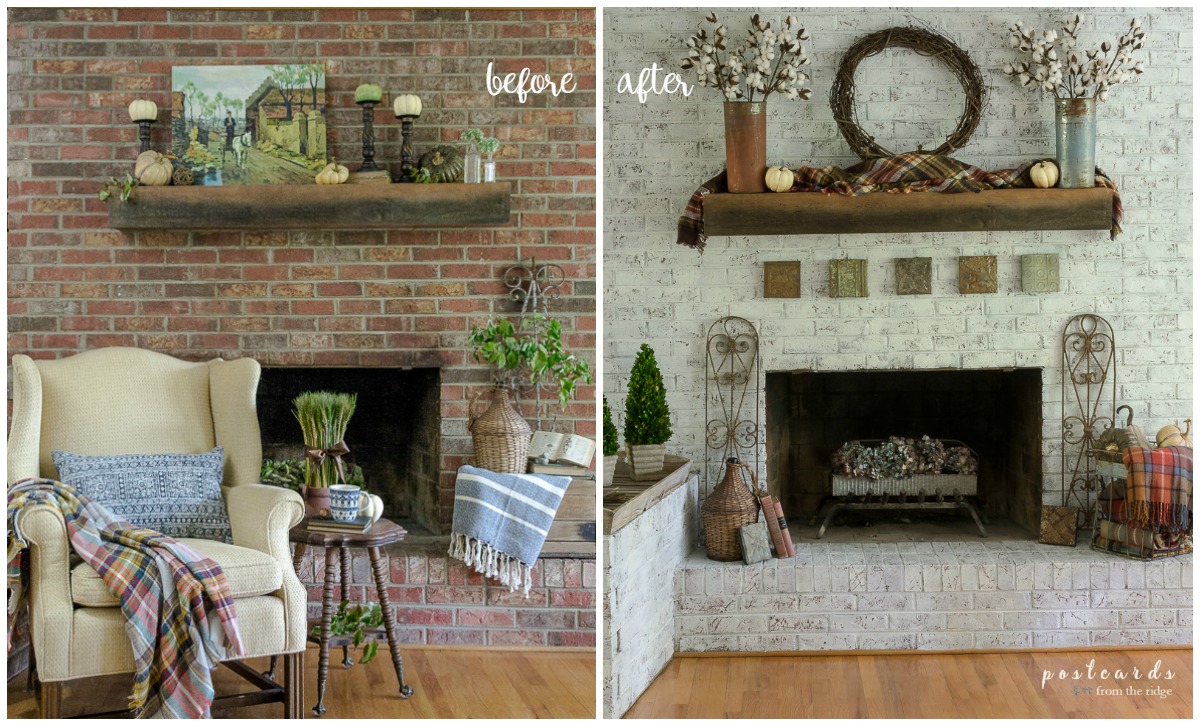Can You Paint Over Brick Fireplace?
Painting over a brick fireplace can totally change the look and feel of a room. I’ve done it myself, and I’ve also talked to plenty of homeowners who either loved it—or regretted it. If you’re thinking about picking up a paintbrush, there’s more to consider than just picking a color. Here’s a detailed guide with things you should think about before, during, and after painting your brick fireplace.
Why People Choose to Paint Their Brick Fireplace
- It Instantly Modernizes the Look
Let’s face it—some brick fireplaces look like they were pulled straight from the ’70s. A coat of paint can take your space from outdated to current in a single weekend. Whether it’s stark white or a bold charcoal, paint has a way of giving your fireplace new life without knocking it down. - It Matches the Room’s Style
Sometimes the fireplace is the one thing clashing with everything else. If you’ve got a minimalist room with white walls and pale floors, that dark red brick can feel like it doesn’t belong. Painting it helps it blend into your existing color palette or stand out in a more intentional way. - It Covers Up Stains and Wear
Old bricks collect soot, grime, and dust. You can scrub all day and still have patches that look dirty. A fresh coat of paint covers uneven coloring and makes the whole surface look clean, even if the bricks underneath are showing their age. - It Can Help Resale Value
Potential buyers might be turned off by an old brick fireplace. If the rest of your house is updated, but the fireplace looks untouched, painting it can make your home feel more cohesive and appealing to a modern buyer. - It’s a Creative Outlet
Sometimes you just want to do something different. Painting a fireplace is a relatively low-cost way to experiment with style. Want a black accent wall? A moody fireplace? A soft, whitewashed finish? This project lets you put your personality front and center.

What You Should Think About Before You Paint
It’s Hard to Undo
Once brick is painted, there’s really no going back without a lot of sanding, stripping, or replacing the whole thing. If you’re even slightly unsure, it might be worth waiting. Painted brick is a long-term decision, not a weekend whim.
Damaged Brick Might Get Worse
Painting over crumbling mortar or damp brick can trap moisture inside. This leads to peeling paint, mildew, or even structural issues. If your fireplace is showing signs of age, get that checked and repaired before you go anywhere near it with a roller.
You’ll Need Heat-Resistant Paint
If you use your fireplace regularly, you can’t just use regular interior paint. You’ll need something rated for high heat, especially around the firebox area. Without it, you risk peeling or releasing fumes when things heat up.
Prep Work Is Everything
Brick is a pain to paint if it’s not cleaned properly. You’ll need to scrub, vacuum, and maybe even use a degreaser depending on how dirty the surface is. Skipping the prep might seem tempting—but trust me, you’ll regret it when the paint starts flaking off.
The Original Look Might Grow on You
Sometimes people paint over their brick because they think it’s outdated, only to miss the natural texture and warmth later. Sit with the idea for a while. Maybe try temporary decor or a new mantel before going permanent with paint.
How to Properly Paint a Brick Fireplace
Clean the Surface Thoroughly
Use warm water, soap, and a stiff-bristled brush. You might need to do this a couple of times to get all the dust and soot off. I also like to vacuum afterward to make sure no loose dirt gets caught under the paint.
Apply a Masonry Primer
Don’t skip the primer. Masonry primer helps seal the porous surface and gives the paint something to grip onto. It also prevents the brick from absorbing too much paint, which saves you time and coats later on.
Choose the Right Paint Type
For decorative fireplaces, latex paint is fine. But for working fireplaces, you’ll need high-heat resistant paint around the firebox area. Stick to flat or eggshell finishes unless you’re going for a glossy modern look.
Use Rollers and Brushes
You’ll need both. A roller is perfect for flat surfaces, but only a brush can get into the mortar lines and the textured parts of the brick. Expect to do two to three coats depending on how thick your paint is and what kind of brick you’re covering.
Touch Up and Seal (If Needed)
After the paint dries, step back and check everything. There are always missed spots or uneven patches. Some people also like to seal the paint afterward for extra durability, especially in high-traffic homes.
Alternatives to Painting Your Brick Fireplace
Whitewashing
Whitewashing uses watered-down paint to lightly coat the brick while letting the original color and texture show through. It’s softer and more rustic than solid paint and is a great compromise if you want a light look without full coverage.
Limewashing
Limewash is a mineral-based coating that gives brick an aged, chalky look. It’s breathable and more natural-looking than paint. It also tends to wear off slightly over time, giving the brick a lived-in, old-world feel.
Staining
Brick stain penetrates the surface instead of sitting on top like paint. It keeps the texture and detail while changing the tone. If you love the look of brick but just want it darker or more uniform, staining is a fantastic option.
Adding a Mantel or Surround
Instead of painting the whole fireplace, you can update the surrounding area. Try a wooden mantel, tile border, or stone frame to change the vibe without covering the brick itself. This lets the fireplace remain a focal point without fully transforming it.
Leaning Into the Brick Look
Sometimes, styling is all it takes. A fresh coat of paint on the wall, new art above the mantel, or a few accessories can make an old brick fireplace look stylish again. The right mix of decor can bring out the charm in even the darkest brick.
Life After Painting Your Fireplace
It Will Brighten the Whole Room
The first thing I noticed after painting mine was how much lighter the space felt. Even if you’re not using pure white, something softer than red or brown brick really opens up the room and reflects more light.
Maintenance Gets Easier
You don’t have to scrub soot from uneven, absorbent brick anymore. A painted surface wipes clean more easily, and you won’t get that chalky dust every time you brush against it. Just use a damp cloth and you’re good.
You Might Want to Re-style Your Mantel
Once the fireplace is updated, your old decor might not feel quite right anymore. It’s the perfect excuse to play with new accessories—plants, candles, vases, or seasonal decor. This is where you can have fun and express your style.
Minor Chips Are Easy to Fix
Keep a small jar of your paint for future touch-ups. Painted brick is durable, but every now and then you’ll get a nick or scrape. It’s easy enough to dab on some fresh paint and blend it back in.
You’ll Probably Love It More Than You Thought
Most people I’ve talked to end up loving their painted fireplace more than they expected. It feels like a whole new centerpiece in the room, and once you’ve done it right, it becomes something you’re proud of every time you walk past.
How to Paint a Brick Fireplace – Sarah Joy Brick fireplace
How to paint a brick fireplace (the right way) – Lovely Etc.
how to paint a brick fireplace
DIY: How to Paint a Brick Fireplace – Dengarden
How to Paint a Brick Fireplace Aileen Barker
How to paint a brick fireplace with a rustic French look
HOW TO PAINT BRICK WHITE *before and after* DIY Brick FirePlace GINA MARIE
Related Posts:

